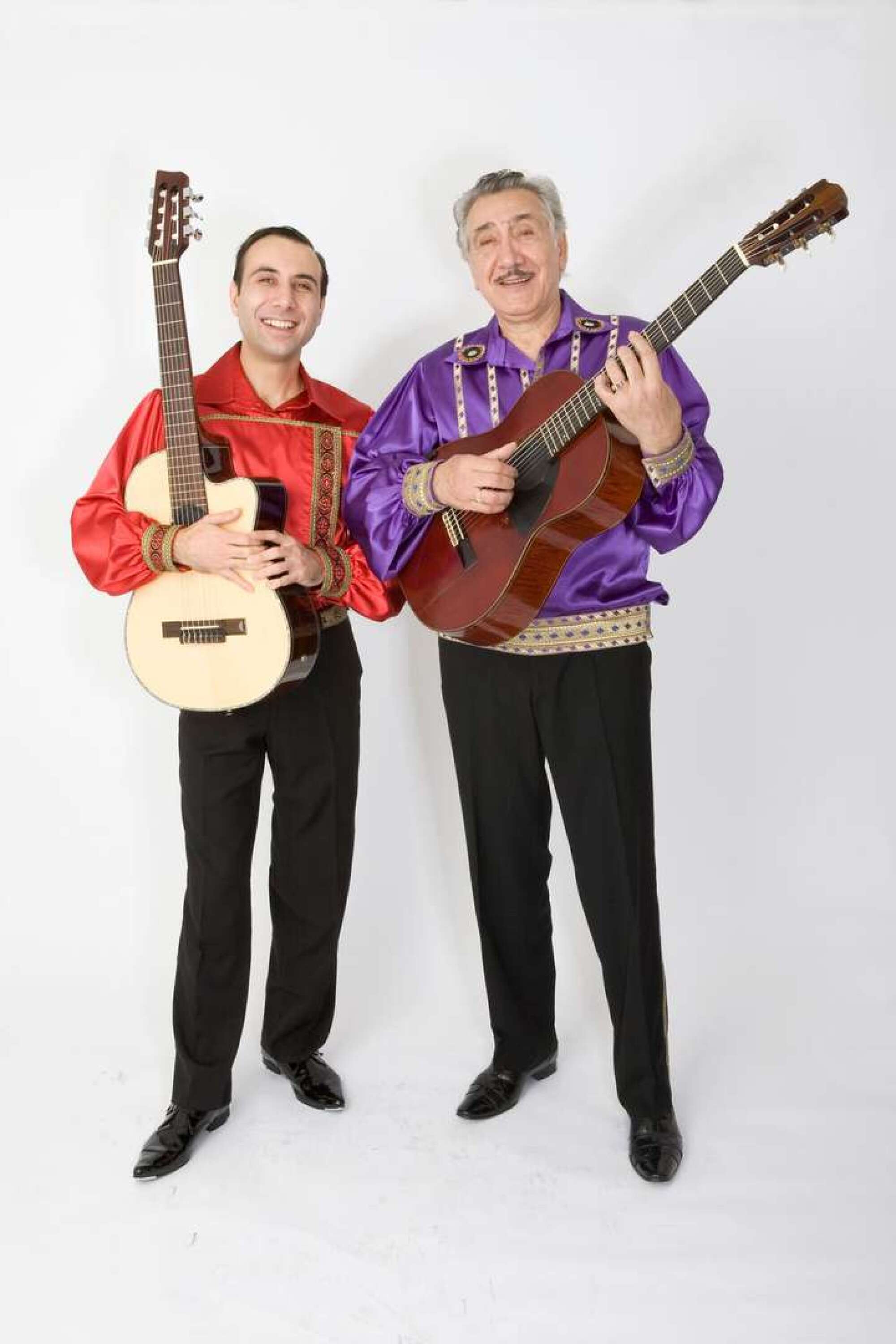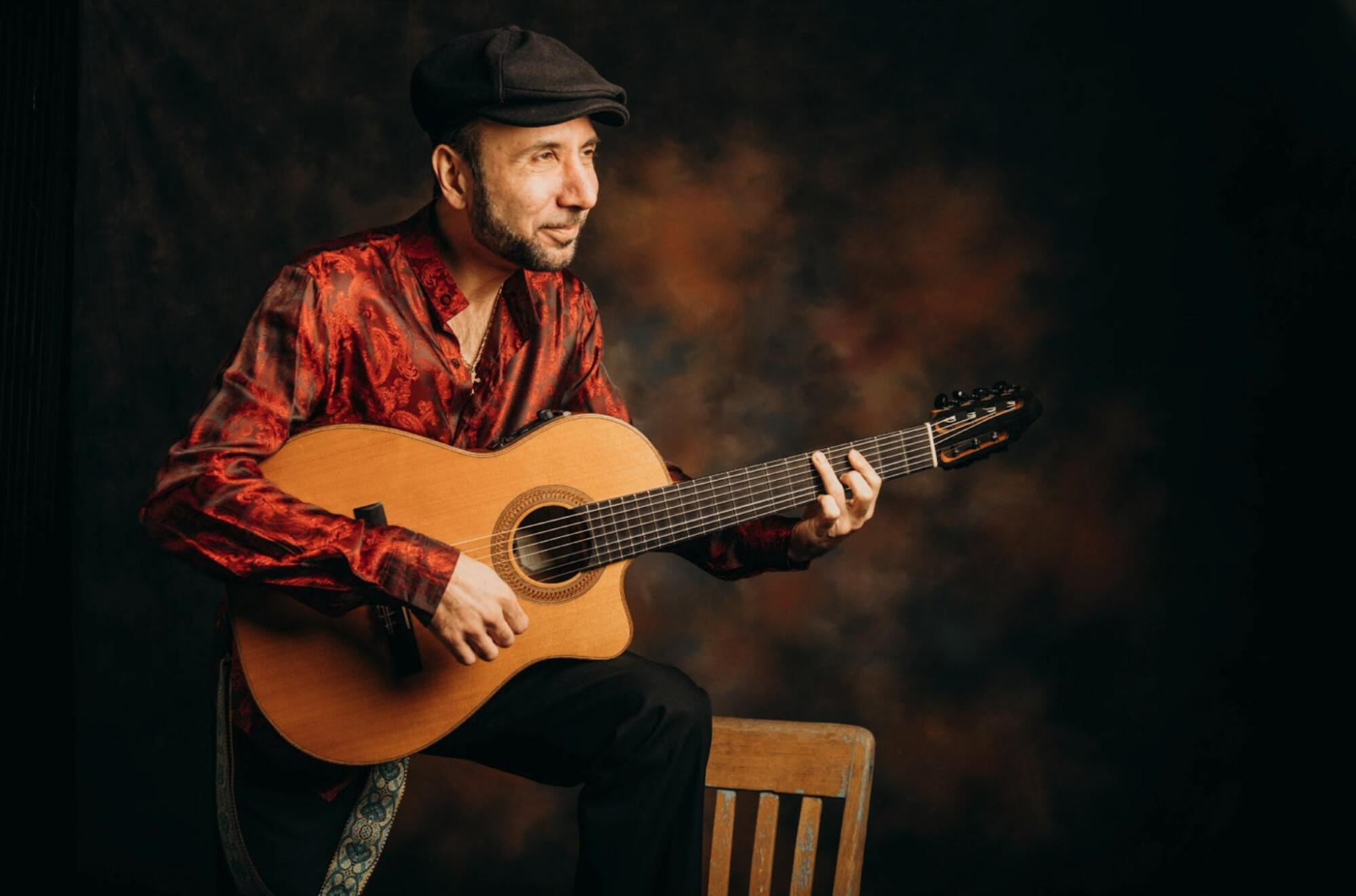
- Share via
If you’re reading this as an adult, chances are you know how to tie your shoes. Whether you learned the loop swoop and pull method or the bunny ears method, you probably didn’t learn from a book but from a parent or someone close. And that person probably learned the same way, directly from someone close. If this rings true, you’ve learned via oral tradition.
When Paulina Stevens, the subject of the “Foretold” podcast, was a little girl, she began to learn her traditional Romani family’s fortunetelling trade in a similar way. Her classroom was anywhere she was: at the breakfast table practicing tarot with a relative, say, or at the family psychic shop watching her mom counsel clients on what choices may lie ahead for them.
Stevens’ mother learned her trade the same way, as did her mother’s mother and so on, going back centuries, through oral tradition. Many aspects of Romani culture are preserved by the passing of knowledge from person to person, trickling down generation by generation. And it is in that cascade down the family tree that their customs, traditions and art forms evolve, creating distinct versions shaped by who passes them down.
But that process can be fragile, especially when people who are capable of passing those traditions down die or cease to participate. This danger looms large over the Romani community, with its relatively small population and far-flung diaspora. For every person who marries out of the culture, stops practicing traditions or passes away, the tradition declines along with the people who practice them.
That’s what’s beginning to happen with the tradition of the Romani guitar playing that’s featured on parts of “Foretold’s” original score, performed and composed by Vadim Kolpakov.
Like Stevens, Kolpakov learned his trade from a family member. In his case it was his uncle, Alexander “Sasha” Kolpakov, who was the music director of the Romen Theater in Moscow, believed by some to be the world’s most important and long-standing theater dedicated to Romani performing arts. Kolpakov began working for his uncle as a teen and spent eight years learning a particular Romani style of guitar that is in danger of dying out.
“There are few people that actually play this style,” he said. He calls it “the Russian Gypsy style … or Eastern European Gypsy style, or I would say Kolpakov style.”
Kolpakov, who now lives in North Carolina, is one of the handful of players who have mastered this distinctive style at the heart of this genre of Romani music. Part of the reason so few people can play this style is the near-disappearance of the instrument: the seven-string guitar.

If you went to your local guitar shop today and looked at the guitars, you’d find that a large majority of them had six strings. There might be a couple with 12 strings, but if you were looking for an acoustic guitar with seven strings, you’d probably be out of luck. But for centuries they were the standard in Russia, says musicologist Oleg Timofeyev, who recently released a book on the subject.
Seven-string guitars were dominant in Russia from the late 18th century through the 1960s, Timofeyev said. Then the Spanish six-string guitar began to take over and the seven-string lost popularity.
“The Roma were the last group of people … to abandon it. But they did,” he said. “And even though now there are many Roma artists in Russia who play guitar, pretty much nobody anymore plays seven-string guitar.”
And in the West, Kolpakov is the only Romani person Timofeyev knows of who still plays it.

“There are some people who may be able to accompany some songs or who have a couple of licks, but none of them have a full-blown solo career on this instrument,” Timofeyev said.
Kolpakov has stuck with the seven-string guitar as his main instrument, and over the years he’s developed his own sound, combining the traditional Russian-Romani style with his own personal influences. They’re influences he picked up from his childhood in Moscow listening to Michael Jackson, from his teenage years listening to jazz and R&B and in his adulthood, when he played with his uncle in the Kolpakov Trio touring the world (including a tour with Madonna).
Through those experiences, “you develop something your own and compose your own style,” Kolpakov said.
What style did he develop? “I would say ... Gypsy fusion style,” he said. “We can call it that.”
So when it came time to find someone to create music for “Foretold” that was authentically Romani but also nodded to the evolution of culture and the pull of individualism within tradition, Kolpakov fit perfectly. Like Stevens herself, Kolpakov’s sound has deeply traditional roots, diverse inspirations and striking individuality.
But Kolpakov needed someone to record him. So he reached out to longtime collaborator Alex PGSV.

Together, Kolpakov and Alex PGSV composed the “Foretold” theme and original score. Alex PGSV recorded Kolpakov’s signature Romani guitar music and layered on a bed of his own original electronic sounds.
“He picked up what I had in mind and he just started putting the beats together to make it sound modern,” Kolpakov said.
As much as Kolpakov loves the music that can come from these types of genre fusions, he wants to keep “Kolpakov style” alive for future generations. That might mean changing how it’s passed down. And so for the last year or so, he and Timofeyev, the musicologist, have been working together to create materials aimed at teaching the seven-string Romani guitar style.
“You can learn pretty much any instrument from books, from sheet music and so on. Romani music, you have to learn from a family member. You have to grow up in this tradition. We are trying to document that. We are trying to leave something for them,” Timofeyev said.
But ultimately, for a guitar style that has been passed down for so long from relative to relative and shaped by that cultural oral tradition, Timofeyev believes that the authenticity of the style will change.
“Basically it’s kind of doomed,” he said. “Those who will learn it will be very secondary and won’t be the real thing.”
Hear Kolpakov and Alex PGSV’s compositions in this playlist and listen for them throughout the “Foretold” podcast.



